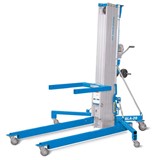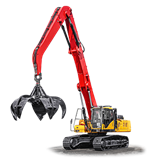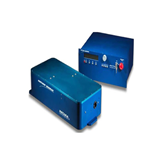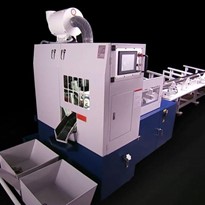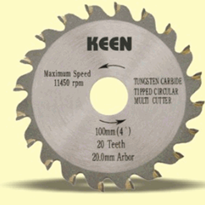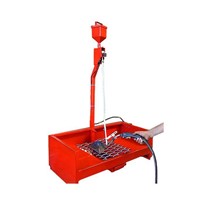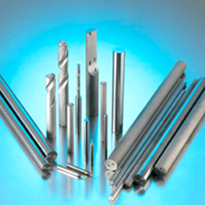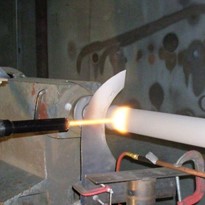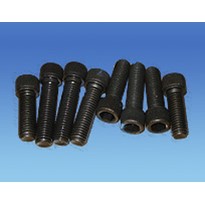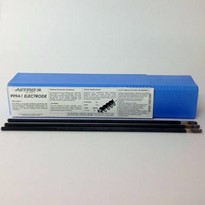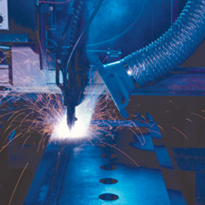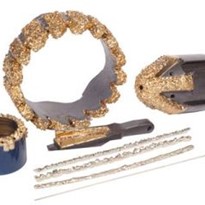Stabiliser Blade Wear
While drilling, the stabiliser blades are subject to extreme slurry abrasion. Sand or gravel exposure results in additional impact and slurry erosion wear. Damage to the blades can result in an undesired drillstring trip for change out.
The solution
Apply wear and abrasion resistant tungsten carbide materials using LaserBond® Cladding process to:
- Extend drill stabiliser service life
- Reduce replacement costs
- Increase drilling uptime
LaserBond® cladding is a process to apply metal coatings using a laser as heat source. The well-focused laser beam melts the base material and an additive powder to create a wear and corrosion resistance overlay.
Unlike thermal spraying or plating, LaserBond® cladding provides a strong metallurgical bond with minimal dilution of the base material, exceptional thickness control, and a small heat effected zone.
The automated laser cladding system ensures the process can be precisely repeated, resulting in a high quality homogeneous coating deposition critical in high demanding environments.
As clad material can be varied, critical magnetic and non-magnetic components can be protected with optimal coatings.
Apart from stabiliser blades, drill collars, reamer bodies, reamer pins and wear sleeves can be surface engineered by LaserBond ® cladding to extend the operational life.


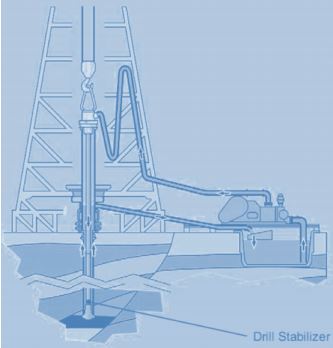

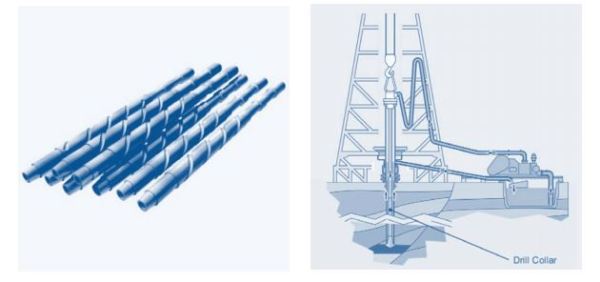
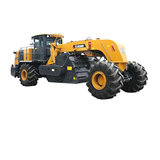

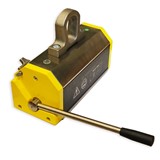

-160x160-state_article-rel-cat.png)







